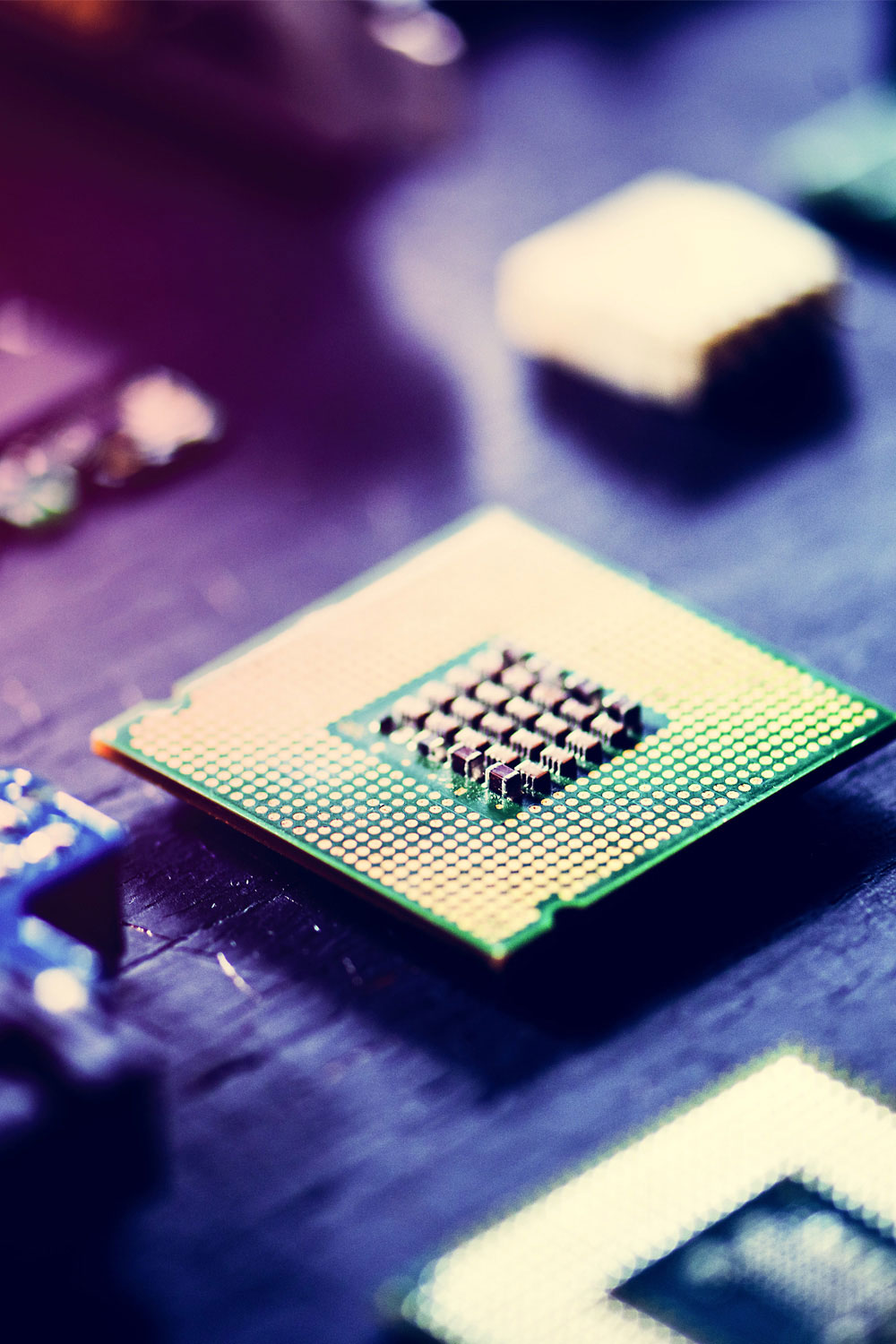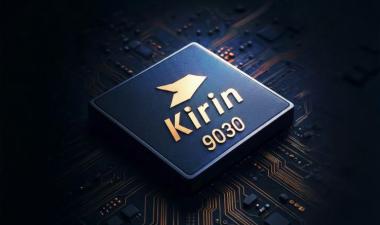Loihi 2 Advances Spiking R&D
October 19, 2021 - Author: Bob Wheeler
Emulating nature is hard, but Intel Labs continues to build momentum behind its digital approach to spiking neural networks (SNNs). Its two-pronged attack includes both silicon and software, advancing the neuromorphic ecosystem ahead of commercial deployments. The company believes its digital approach can address a broad set of AI applications, but no software framework has emerged with adequate neuromorphic support. As a result, Intel’s Lava framework could prove equally important to its second-generation Loihi silicon in accelerating commercial adoption.
Loihi 2 takes advantage of the Intel 4 process, previously called 7nm. Rather than employ the shrink from 14nm to pack far more transistors, the company developed a chip about half the size of the first generation. Instead of simple scaling, it focused on advancing the architecture by applying Loihi learnings from both internal and third-party research. These changes yielded up to 8x the number of neurons using 128 cores, the same number in the first generation, while still operating at less than one watt.

The chip employs digital logic to emulate neurons and synaptic connections, and Intel says the architecture could scale to a full-reticle chip. The company sees embedded designs, however, as the early adopters of neuromorphic computing, so it prefers a modest IP block over a large standalone coprocessor. In fact, the technology’s first commercial use could be in an Intel processor, perhaps replacing the Gaussian and Neural Accelerator (GNA) in current Core processors.
Subscribers can view the full article in the Microprocessor Report.








